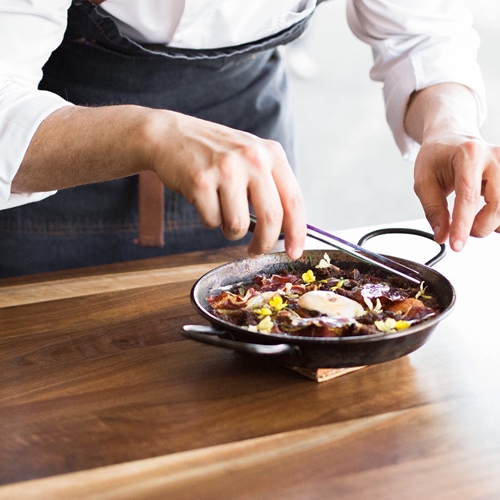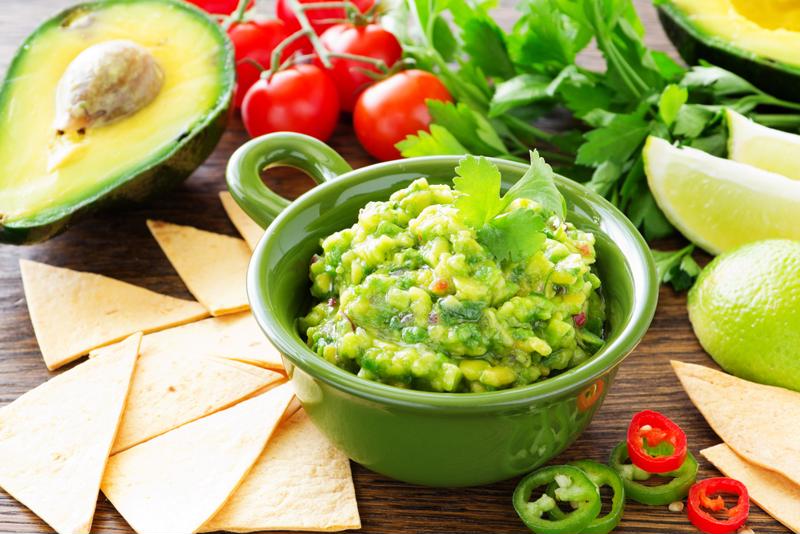
As you progress through an accredited online culinary arts program, you’ll learn to follow the directions for preparing a dish accurately and quickly – and even write your own. Completing a recipe with precision is important for success in a professional kitchen, especially if you are a prep or line cook. However, sometimes the most creative and delicious meals happen when a chef ditches the recipe and improvises. Here’s why you should try setting the cookbook aside and exploring the possibilities:
How to cook without recipes
Many chefs encourage cooking without recipes because it shows you have truly mastered the skills involved in preparing a dish and lets you have more fun experimenting with variations on the ingredients. Private chef and restaurant consultant Marc Matsumoto is a strong proponent of this approach. He explained to The Wall Street Journal why improvisation is so important in building a culinary repertoire.
“Cooking without recipes shows you have mastered culinary skills.”
“I think 50 percent of cooking is technique, and a lot of people don’t learn the technique and rely on recipes as a crutch,” he said. “Throw yourself in the kitchen. Learn about ingredients, not just knowing that fennel is green with the white bulbs, but fennel tastes like licorice and goes well with other flavors like citrus and beef.”
If you’re ready to follow your intuition in the kitchen, Food & Wine presented a series of tips inspired by lessons from Thomas Keller of The French Laundry. This method begins with carefully following one of your favorite recipes. A few days later, write out a stripped-down version of the recipe and cook using these directions. After another three days or so pass, try breaking the recipe down even further to just a few sentences.
Prepare the dish from memory several times in the coming weeks, making small alterations each time. Soon, you’ll find that you can perform all the tasks involved in whipping up the dish while giving it a unique spin. As you become more confident, you can immediately jump from finding a good recipe to stripping it down to its most basic elements and crafting your own version.
You’ll come up with many interesting flavor combinations when you cook this way. As Eating Well pointed out, that’s why it’s especially important to taste the food. Try a little at every stage of the cooking process so you understand how your improvisations affect the completed dish.
 Experimenting with guacamole can be a good start for learning to improvise.
Experimenting with guacamole can be a good start for learning to improvise.Yes and?
When you set out to improvise your cooking, you’ll need inspiration. Luckily, there are plenty of ideas out there for dishes that can turn out great when you cook without recipes. Try out a few of these, and explore how substituting a few spices or vegetables can bring more excitement to your final product.
According to Bon Appetit, a flavorful guacamole is one simple opportunity to develop your improvisational skills. Mash a few avocados and mix in garlic, onion, serrano pepper, lime juice, kosher salt and cilantro. You can adjust levels of spiciness and saltiness to your preference.
When you’re ready for something a little more adventurous, Matsumoto suggested preparing one of his favorite dishes: a shaved fennel salad with steak. Slice the fennel thinly using a mandoline and crisp the pieces in a bowl of cold water. Prepare a dressing by combining yuzu juice, olive oil, honey Dijon mustard, salt and black pepper. Season a steak with salt and pepper and add vegetable oil to each side before cooking it in a cast-iron pan.
Drain the fennel and mix it with chives. Toss in a coating of dressing. Cut the steak, placing the pieces atop the salad. Top each plate off with some dressing and black pepper.
With Improvisation, you can develop your personal cooking style as you discover fascinating flavor combinations. With some practice, you’ll add new dimensions to the dishes you make for culinary academy.



